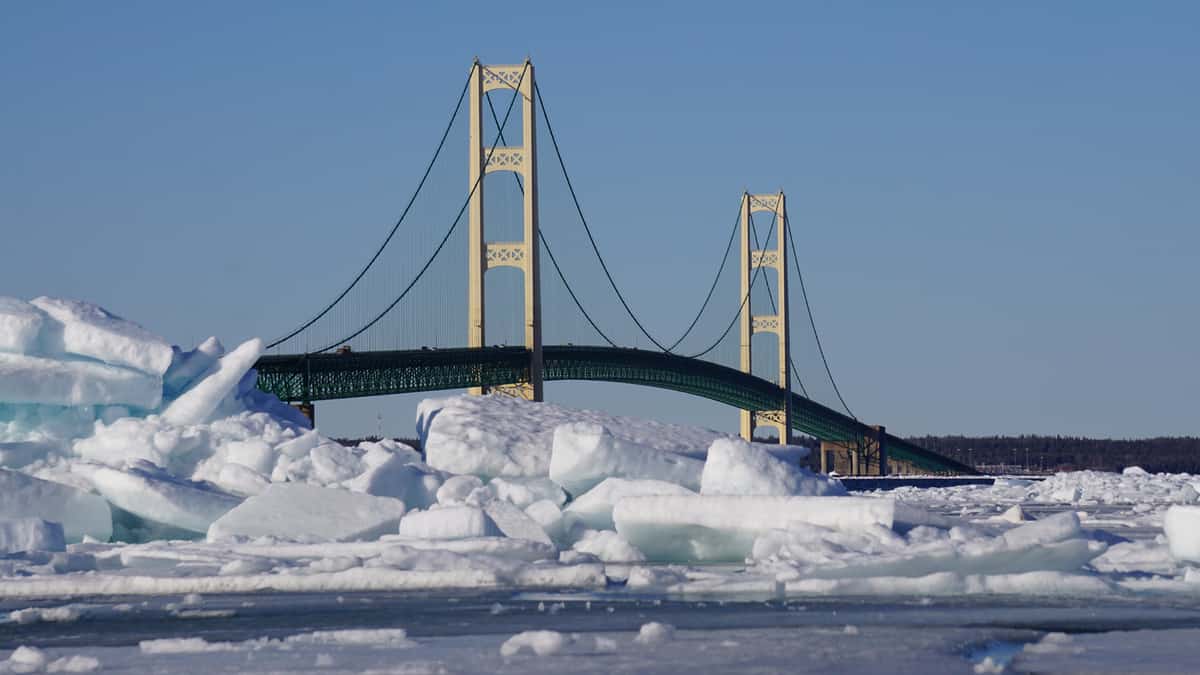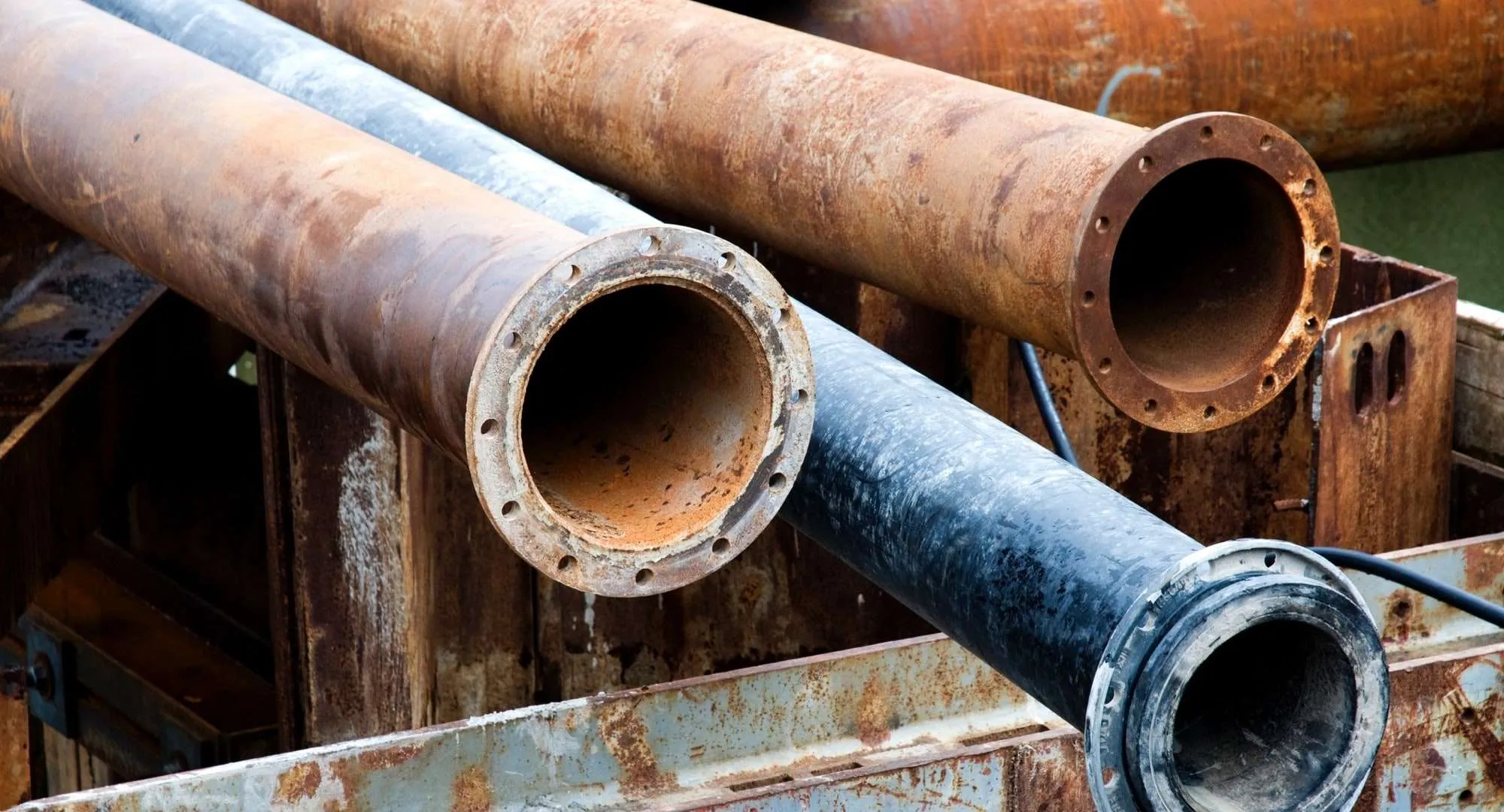Three Key Facts:
-
- A historic landfill in Southwest Philadelphia is being cleaned up nearly a year ahead of schedule, thanks to $30 million from the Biden infrastructure law.
- The EPA completed capping the Clearview Landfill, making it safe for light recreation, and planting thousands of trees and shrubs to restore the area and protect against flooding.
- The cleanup paves the way for new parks, trails, and potential economic growth, transforming the once-contaminated site into a valuable community space.
-
A historic landfill in Southwest Philadelphia contaminated with hazardous chemicals is being cleaned up about a year ahead of schedule, thanks to a $30 million from Joe Biden’s clean energy plan.
The EPA, which is overseeing the cleanup, said the funds are being used to cap landfills, remove hazardous materials, and stabilize flood-prone areas at the Lower Darby Creek Area. The Superfund site includes two landfills, Clearview and Folcroft, which once accepted municipal, demolition, and hospital waste, contaminating soil, groundwater, and local fish with PFAS, arsenic, pesticides, and other toxins.
Recently, the EPA completed the Clearview Landfill cap and deemed it safe for light recreation, like walking and hiking.
“We are definitely elated because of the progress that we’ve been able to make,” said Earl Wilson, president of the Eastwick Friends and Neighbors Coalition. “We can see the light at the end of the tunnel.”
Years of Contamination and Delays
The area, straddling the Delaware and Philadelphia county line, was once the nation’s largest urban renewal project. In the 1950s, the Philadelphia Redevelopment Authority envisioned a “new Eastwick” with affordable homes and green yards for working- and middle-class families. About 4,200 homes were built on soil contaminated with hazardous substances like PCBs, PAHs, lead, mercury, and pesticides. By the 1970s, landfill concerns halted development, and residents’ efforts to seek city and state help, including a class action lawsuit, failed.
The EPA added the site to its National Priorities List in 2001 to start federal remediation. However, cleaning up the 65-acre site required significant time and funding. The cleanup plan for the 65-acre Clearview Landfill was announced in 2014, with work starting in 2017. About 50 acres are privately owned, while the city owns the rest. As part of a lawsuit settlement, Philadelphia has committed $8.4 million to the cleanup.
In 2021, EPA Administrator Michael Regan announced $30 million from the infrastructure law to accelerate the process. This funding is part of a $1 billion allocation aimed at clearing a backlog of 49 unfunded sites nationwide.
“This is the first wave of projects that will help deliver lasting public health protections in communities that need them the most,” Regan said. “Approximately 60% of the 49 sites receiving funding are in underserved communities.”
Parks, Trails, and Economic Opportunity
The funds have been used to cap the landfill, protecting people and wildlife from buried toxins, even during flooding. Contractors compressed contaminated soil, covered it with about four feet of clean clay, sand, and topsoil, and planted thousands of young trees and shrubs.
“It’s all meant to act like a big sponge,” said Josh Barber, EPA Superfund remedial project manager.
Beyond environmental benefits, the cleanup paves the way for community revitalization. Once complete, the restored land may host parks, trails, and playing fields—offering safe spaces for families. The area could also attract businesses, creating jobs and boosting local commerce.
Tackling a Backlog with a Sustainable Plan
Established in 1980, the Superfund program gives the EPA authority to make polluters cover cleanup costs or use federal funds if no responsible party is found. Common contaminants include lead, asbestos, and radiation.
Until 1995, a tax on chemical and petroleum industries funded Superfund cleanups. The Biden infrastructure law reinstated these taxes and invested an additional $3.5 billion in environmental remediation, marking one of the largest efforts in U.S. history to address legacy pollution impacting public health.





